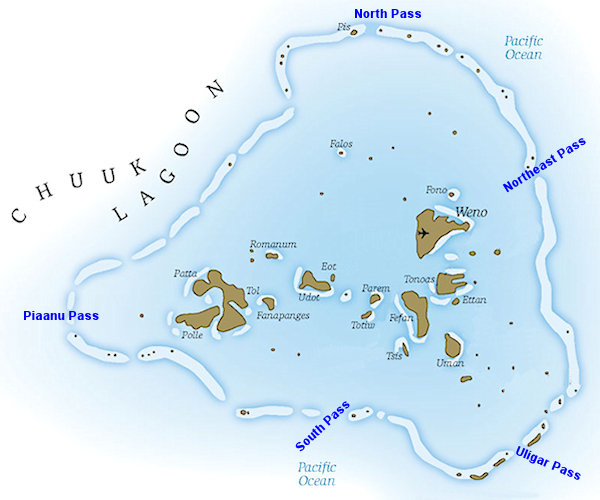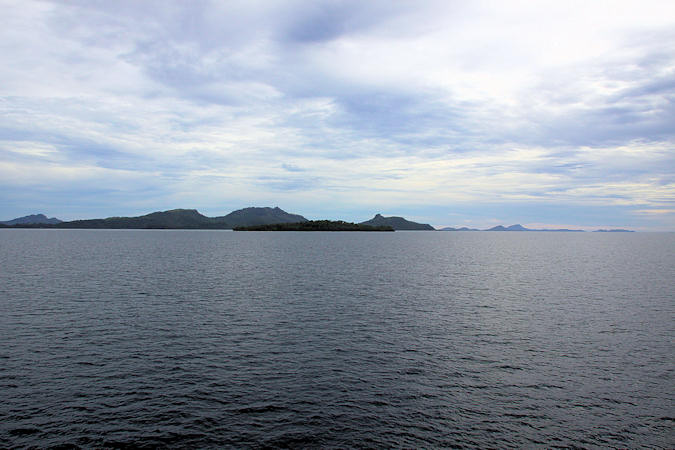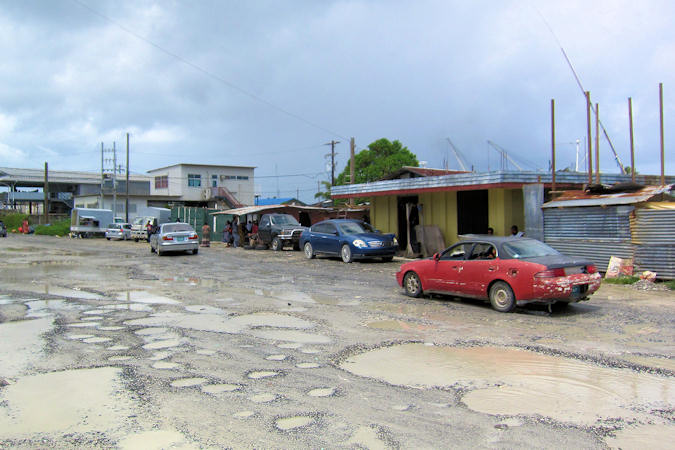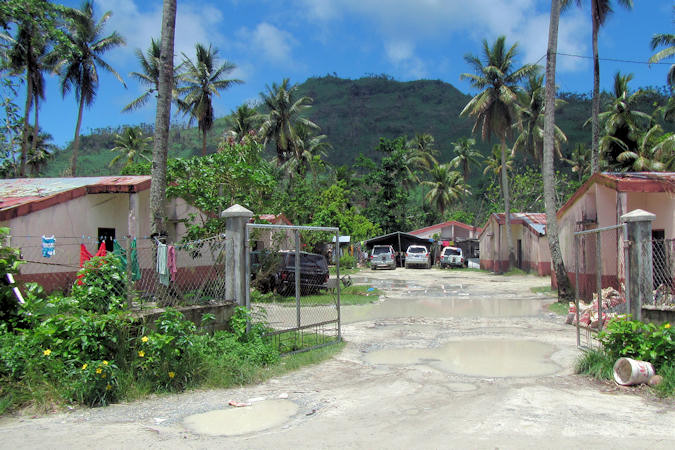Micronesia
Things to DO
Chuuk Lagoon

Chuuk Lagoon, is a sheltered body of water in the central Pacific and is part of Chuuk State within
the Federated States of Micronesia. The atoll consists of a protective reef, 225 kilometres around, enclosing a
natural harbour 79 by 50 kilometres, with an area of 2.130 square kilometres. It has a land area of 127.4
square kilometres, with a population of about 35.000 people.
Legend says that sometime around the 14th century the great leader Sowukachaw came by canoe to Chuuk with his son
Sowooniiras. The arrival of these leaders represented something analogous to the end of medievalism.
They are credited with introducing new varieties of breadfruit as well as methods to preserve it. That's important
because at the time breadfruit was the staple food crop. The arrival of Suwukachaw also represented the beginning
of clan history and some sort of social ranking system. When the Chuukese trace their ancestry they go back as far as
that time, but never any further.
The first Europeans to sight Chuuk Lagoon were with the Spanish ship "San Lucas", captained by Alonso de Arellano,
in 1565. The Chuukese responded with hundreds of canoes filled with armed warriors. The Spaniards stayed only long enough
to fire a few cannon shots and make their way across the lagoon and out another passage.
When Manuel Dublon, captaining the "San Antonio", came to Chuuk in 1814 to collect "beche-de-mer" he
became the first European to enter the lagoon in 250 years.
The Germans took possession of Chuuk from the Spanish in 1899 and developed a copra trade, with their headquaters on
Tonoas.
During World War II, Chuuk Lagoon was the Empire of Japan's main base in the South Pacific theatre. Chuuk was a
heavily fortified
 |
|||||
base for Japanese operations against Allied forces in New Guinea and
the Solomon Islands, serving as the forward anchorage for the Japanese Imperial Fleet.
Chuuk Lagoon was considered the most formidable of all Japanese strongholds in the Pacific. On the various
islands, the Japanese Civil Engineering Department and Naval Construction Department had built roads,
trenches, bunkers and caves. Five airstrips, seaplane bases, a torpedo boat station, submarine repair shops,
a communications center and a radar station were constructed during the war.
In February 16–17 1944, Chuuk was devastated in one of the important naval attacks of the war, called
Operation Hailstone.
In 1969, French oceanographer Jacques Cousteau and his team explored Chuuk Lagoon. Following Cousteau's
1971 television documentary about the lagoon and its ghostly remains, the place became a scuba diving paradise,
drawing wreck diving enthusiasts from around the world to see its numerous, virtually intact sunken ships.
 |
|||||
Weno, is the capital and commercial centre of Chuuk.
At just over 18 sq km it is the second largest island in the lagoon. Tropical forests make up much of the interior, with
the highest point, the 370m Mt Tonoken neatly in the centre.
The district centre, government offices and airport are on the north-west side of the island.
Many outer islanders come to Weno in search of job oppertunities, of which there are few for those without political
connections and thus they end up living in poverty conditions.
Nefo Cave above the town holds a Japanese naval gun and offers a good vieuw of Weno centre.
To get there, head east from downtown Weno, take a paved road up the hill to where it dead-ends at a big water tank. Directly
across the street from the drive-way of the last house there's a path leading up the hill. It's a two-minute walk to the cave.
Go straight through the cave, which is 23m long, to get to the gun.
 |
|||||
South Field, at the southern tip of Weno, was once a large Japanese seaplane base.
The three-mile drive from Weno centre to South Field offers pretty views of both the lagoon islands and Weno's west coast,
with intermittent patches of taro, mangroves, bananas and breadfruit trees.
At the southernmost point of South Field is the Blue Lagoon Resort, which has the only easily accessible sandy beach on
Weno and a splendid lagoon view.
There's a seaplane ramp there as well as grass-covered Japanese bunkers and a few other war artefacts on the hotel grounds.
These are pictures
of the nature of the Chuuk Lagoon.